!! The Ethereal Imagery Of Mount Sinabung's Latest Eruption !!
Indonesia’s Mount Sinabung erupted in a truly spectacular fashion this week – and, as footage and photography clearly depict, it’s awe-inspiring and terrifying in equal measure. At present, rather remarkably, there aren’t any reports of casualties, so hats off to the authorities on the ground for being on the ball.
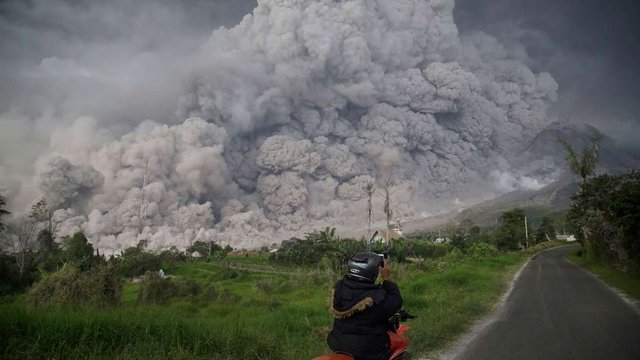
Since 2013, Sinabung has been erupting fairly continuously, and as noted by volcanologist Erik Klemetti over at Discover, it’s primarily involved explosions that have triggered pyroclastic flows.
Commencing on February 19, a change in the underlying magmatic system clearly triggered a (brief) period of more violent activity. This new eruption has produced a column of ash potentially 16.5 kilometers (10 miles) high, as well as some truly dramatic pyroclastic flows, so it’s not surprising that they’ve become the focus of much of the media’s coverage of the event.
According to the AP, the eruption has been energetic enough to reshape the summit.
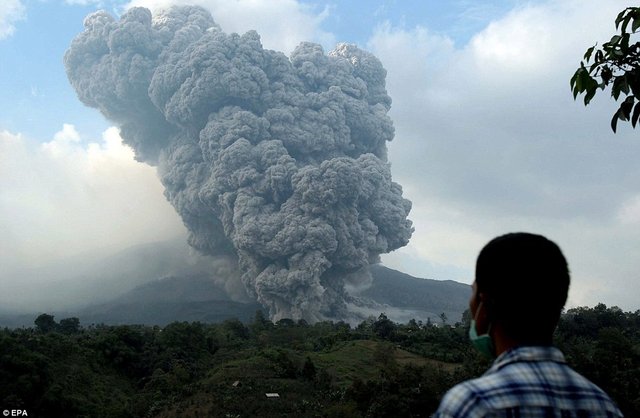
Dr Janine Krippner, a volcanologist at Concord University, said that although “this eruption is one of the largest produced during this eruption period, but there have been many pyroclastic flows and frequent ash plumes since 2013.”
The current explosivity in this “constantly changing system” could be down to “a change in the extrusion rate or some other magma property,” but it’s far too early to tell.
Getting caught up in these flows is the very opposite of pleasant. Travelling at speeds exceeding that of a speeding car, these turbulent mixtures of superheated gas, debris, and blebs of lava reach temperatures as high as 1,000°C (1,830 °F), and will kill anyone caught in them instantaneously through extreme thermal shock or, sometimes, asphyxiation.
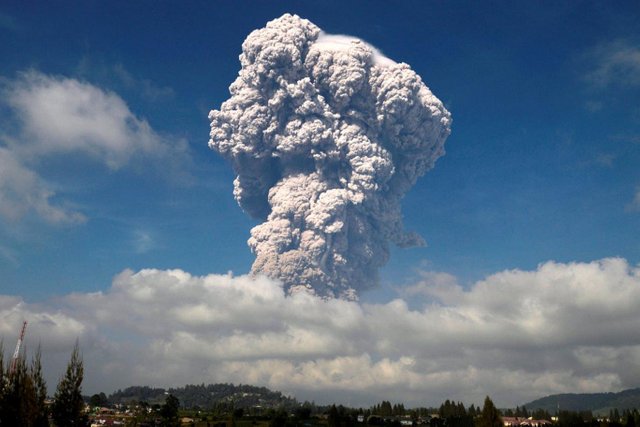
These pyroclastic flows have formed in several ways. In crude terms, when the eruption column becomes cooler and ultimately denser than the surrounding air, or when it fails to maintain an upward momentum by running out of explosive thrust at its base, it begins to collapse, producing pyroclastic flows.
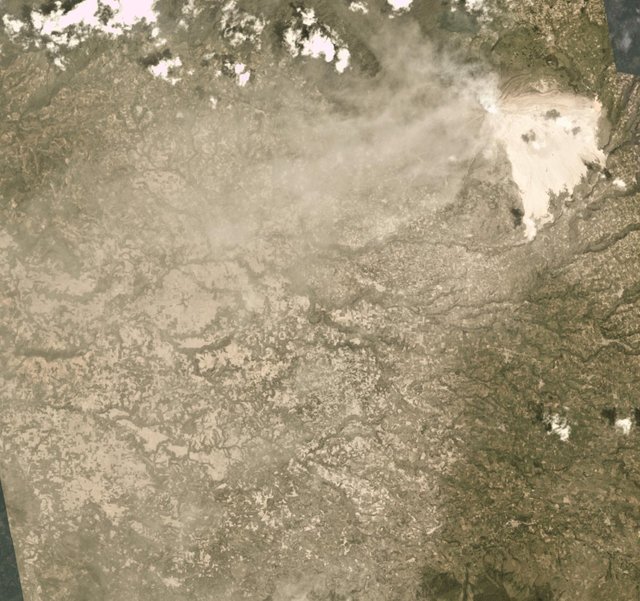
On other occasions, small explosions create an ephemeral plume that quickly collapses and rolls down the flanks of the volcano. There’s also a chance that the collapse of a lava dome – a block mass of lava emerging from a vent – has also been triggering pyroclastic flows.Either way, they’re deadly, and their emergence at Sinabung has contributed to a perpetual crisis, one that constantly displaces tens of thousands of villagers and, occasionally, kills them.

At this point, it’s worth remembering that Sinabung’s hardly the only fiery fountain on the archipelago. Indonesia has around 130 active volcanoes, all with their own histories and, of course, furious futures.
There’s a lot left to understand about the country’s volcanism. Considering that the densely populated nation is home to 261 million people, the faster our cognizance of them advances, the better.
According to the Smithsonian Institution’s Global Volcanism Program, significant eruptions prior to Sinabung’s fireworks back in 2010 have yet to be confirmed. Its present activity is clear to see – even from space – but its past remains decidedly enigmatic.
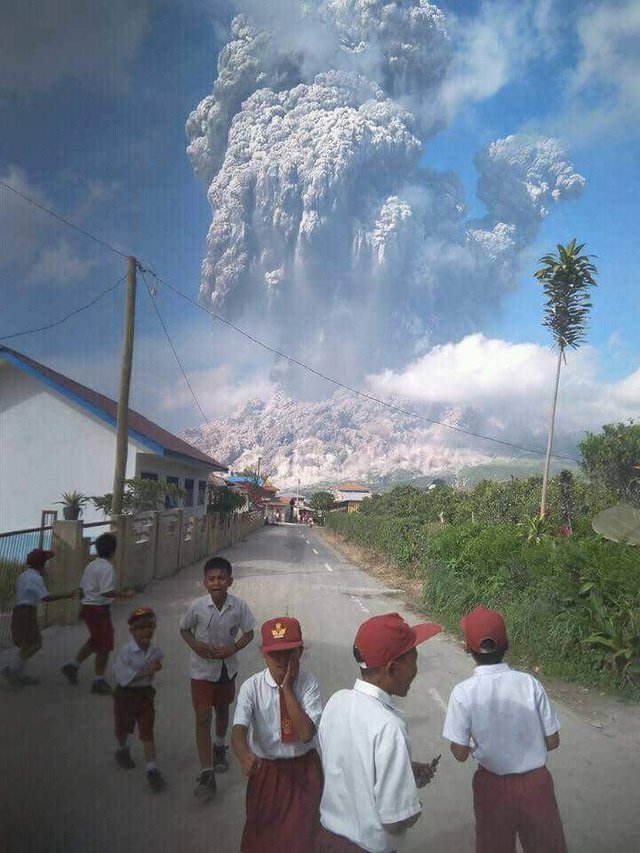
Understanding the history and current activity of a volcano takes time and resources, and like in most volcanically active countries, this has not been done at many volcanoes due to a lack of time and resources,” Krippner added. “Volcanic research and monitoring has to be prioritized.
www.iflscience.com
...Thanks for watching...
Get free upvotes your post http://mysteemup.club